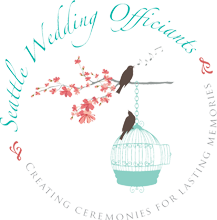The Show Must Go On
I recently experienced the death of my mother and was inspired to write a little bit about how to “do life” when you are grieving.
Picture yourself in the middle of your wedding planning. You have your heart set on that special person in your life — whether it’s your father, your mother or an uncle — walking you down the aisle. Maybe you are expecting a distant relative to travel to your destination to share your joyous event. Enter life.
We are all on our own journeys with expectations that this or that is going to happen at a particular time. Life, however, doesn’t work that way. Even with the best event coordinator money can buy, life has other plans for us.
We must be ready to go with the flow, be strong and bounce back – even when it sucks!
So if you lose a loved one that was supposed to walk you down the aisle or be sitting with your other guests supporting you on your very special day, here are some ideas to honor them in spirit:
1. Wear something that your loved-one wore on their wedding day (for example if the person is your mother), or pin a photo into your dress so they can be with you. You can also place a small photo of your loved on in your bouquet (in a tiny frame), or incorporate it into the ribbon.
2. You can leave a chair empty where the person would have sat at the ceremony and/or reception, out of a sign of respect. Or, a separate chair can be set up to represent theirs, with their photo on the chair.
3. Ask the officiant to say a few words about those who aren’t able to be present in body, but are in spirit. He or she has likely done this before, and can help you with the wording.
4. Write a letter or poem of what you would say to that person on that day. You can read it, have someone else read it, or keep it private.
5. Use flowers or candles in the church to symbolize the loved one(s). You might want to include this in the program, so the guests understand the relevance of the candles or flowers. You may designate someone specific to lay out the flower(s) at a particular time (like carry in a single long-stem rose when they enter the church and lay it up front), or you may light a candle for that person when you light your unity candle.
6. Have a nice photo frame set up at the reception with your loved one’s photo in it. You might also set up a digital photo frame which would rotate through different pictures. This would also work well if you are doing any type of photo “tribute” to the bride and groom, and their lives (from babies up). Include photos of them with their remembered loved ones in the photo rotation or slideshow.
7. Include a short poem, or thought on the program itself, along with who it is in memory of, and list the name(s).
8. Mention them in your wedding toast or speech- but keep it short & sweet, otherwise you’re liable to turn into a blubbering bride!
9. Some brides & grooms will forego buying traditional favors and will instead make a donation to a charity or cause of choice. You could do so for a loved-one, and have a card on the table that states you’ve made a donation to _________ organization, in memory of that person or people.
10. Find out the person’s favorite reading or poem and work it into the ceremony. Or, if they had a favorite song, include this at the reception. Dedicate the dance to them.
Grieving a loved one is tough. It’s exhausting and real. Remember that your wedding day is meant to be full of joy and love. Take some time for grieving — it’s important. But give your guests what they came for: A big smile and lots of hugs and kisses. That’s what your loved one would have wanted for you.


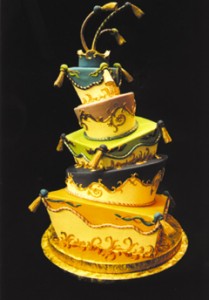

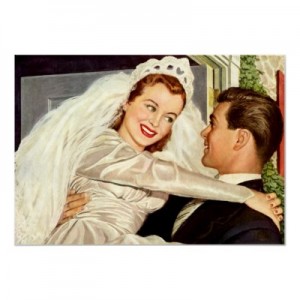

 Ticings® edible toppers from Sweettoof Studios Inc.
Ticings® edible toppers from Sweettoof Studios Inc.


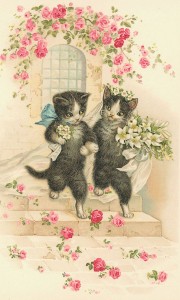
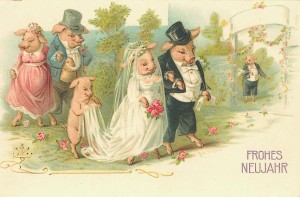


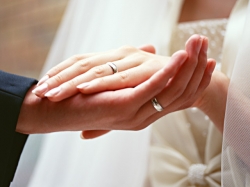 We have all heard the expressions “tied the knot” or “giving one’s hand in marriage”. But have you ever wondered where those sayings came from? And no, it’s not in the same category as the “ball and chain”! It’s in reference to the ancient tradition of handfasting. This lens gives an overview of the ancient tradition of handfasting in Wedding ceremonies.
We have all heard the expressions “tied the knot” or “giving one’s hand in marriage”. But have you ever wondered where those sayings came from? And no, it’s not in the same category as the “ball and chain”! It’s in reference to the ancient tradition of handfasting. This lens gives an overview of the ancient tradition of handfasting in Wedding ceremonies.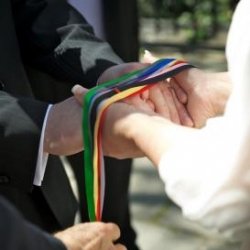
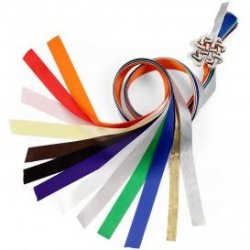
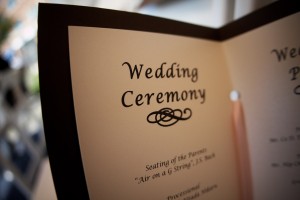 I blog about everything wedding: venues, style, vendors, traditions and more! What I haven’t blogged about, however, is the actual wedding ceremony.
I blog about everything wedding: venues, style, vendors, traditions and more! What I haven’t blogged about, however, is the actual wedding ceremony.
 For many years now I have been searching for a good volunteering gig that satisfied my desire to give back to the community but was also a good fit for me. I finally found it! Yesterday, Christmas Eve, I had the pleasure of volunteering my time in the
For many years now I have been searching for a good volunteering gig that satisfied my desire to give back to the community but was also a good fit for me. I finally found it! Yesterday, Christmas Eve, I had the pleasure of volunteering my time in the 

